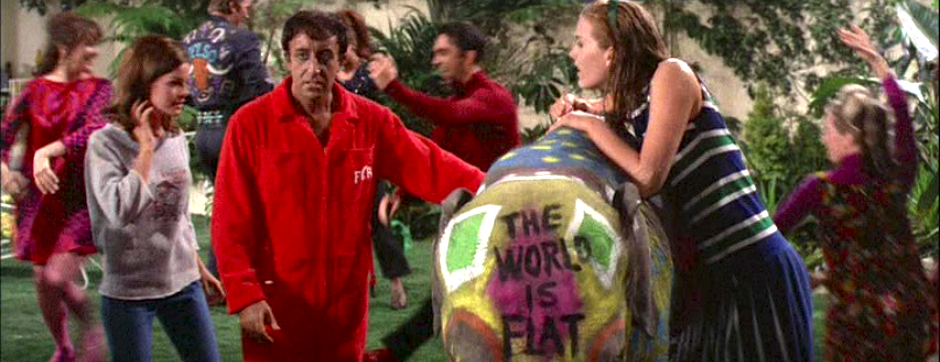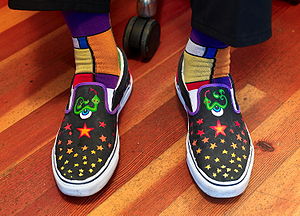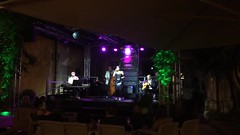Howard Rheingold‘s recent post on his Pop-up University was delicious. First, he makes a strong case for non-credit valuable instruction. Actually, we all already knew that, but Howard’s point is perhaps to be projected to the near future, when more and more examples of this Pop-up University, with just-in-time, low-cost, online, possibly MOOC courses will appear. But his post is also a nice story of how he organizes and plans his online course. I love the fact that when he sees himself as a researcher for that class, students will be forced in a way to become researchers themselves. So he gets suprised and delighted, which are words not heard that often in academia, with respect to students. Rheingold emails students individually, seeks dialogue and participation, and gets it. He uses multimedia, slideshows and an explicit agenda. His post is a delicious account of his practice, learned by trial and error, but always with the goal of learning something. Same in a way is what happens in the Jim Groom‘s experiment with Digital Storytelling (the famigerate DS106). His participation, the way Jim models the interests, behavior and passion of a researcher is inspiring. Because he is a researcher, or better a scholar, a student of a certain subject who is piloting dialogue and efforts of many more students. That’s it: if you feel like a student you get your students on your path. It’s not a technology-related issue, but a pretty logic, powerful logic relationship. Now I remember the original sense of the University: a congregation place, where you were able to study/research the subject of your Professor’s lifetime interests, passion and knowledge. Where you are exposed after all to what Siemens calls the process of making sense of (some part of) the world. Only when you (both teacher and student) get the opportunity to express your ideas, concerns, or issues are you actually constructing that sense by comparing, mixing and matching it with your peers’. Which brings me to the blogs and to their high value as open publishing platform. Classes are wrapping up as I speak, and I am shown by my students blogs with over 4,000 hits in just this semester. They (we) are proud: they wrote, they were read.
Rheingold also provides a nice model for his mini-courses within a course, and I love this. There’s a widget he embeds a mini-window in Posterous with a series of tabs, each for some part of the mini-course. Here’s his mini-course on infotention, a gem in itself, with videos, a concept map, resources and links.
Note that interestingly, both Howard and Jim have dual courses going on both in a formal, credit-issuing institution and in the cloud.
Related articles
- Infotention (heyjude.wordpress.com)
- Rheingold U: higher ed for happy mutants (boingboing.net)





